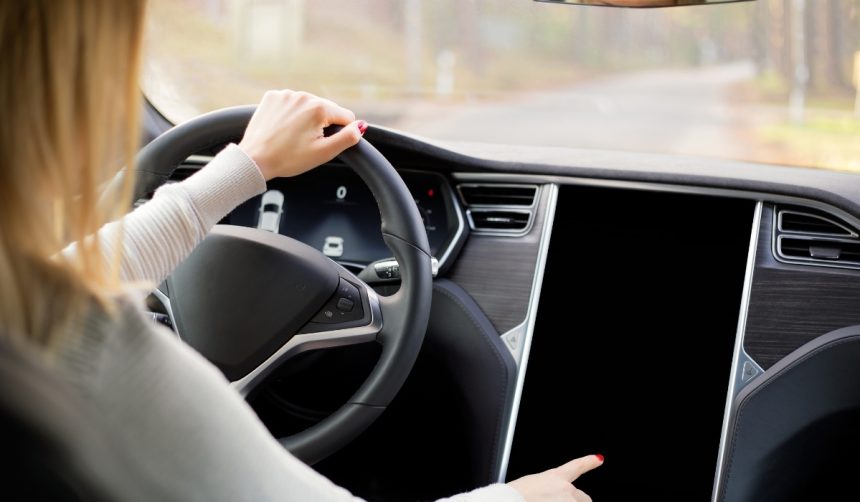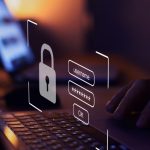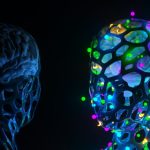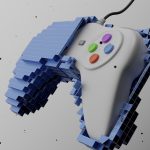As Tesla advances its self-driving technology through new hardware, a key update now addresses the growing concerns of owners with older Hardware 3-equipped vehicles. Consumers facing uncertainty around Full Self-Driving (FSD) software compatibility have sought transparency about upgrade paths and future support. The recent Tesla Q3 Earnings Call provides fresh details on software plans aimed at this part of the customer base, highlighting the challenges and offering a roadmap for the months ahead. This communication marks a notable shift for many, as direct information from company leadership arrives after extended periods of speculation. The ongoing need for fair and feasible upgrade or trade-in options also remains a central issue for owners hesitant about extensive new purchases.
Previous reports have documented sustained frustration among Tesla owners using Hardware 3, who felt left behind as Hardware 4 vehicles received priority for FSD improvements. Tesla had introduced uneven trade-in programs in the past, but many owners voiced concerns about affordability and lack of clear solutions. Discussions also mentioned the introduction of a “lite” version of the FSD software for Hardware 3, but details and timelines often remained unclear. Now, company leaders seem to be taking a more direct approach in responding to these long-standing concerns.
What Is Tesla Planning for Hardware 3 Users?
During the Q3 2025 Earnings Call, Tesla’s Chief Financial Officer Vaibhav Taneja acknowledged the importance of Hardware 3 customers, describing them as early adopters whom the company is committed to supporting. Taneja also revealed that he personally drives a Hardware 3 car, highlighting the relevance of the issue within Tesla’s leadership.
“We have not completely given up on HW3. These customers are very important. They are early adopters. We will definitely take care of you guys.”
The sentiment points to an ongoing effort to find viable solutions rather than leaving these users behind.
How Will the FSD Software Rollout Continue?
Tesla’s AI and Autopilot chief, Ashok Elluswamy, stated that the company intends to release a v14 Lite version of the Full Self-Driving (Supervised) suite for Hardware 3 vehicles in the second quarter of the next year. This announcement suggests a more immediate opportunity for integration with existing cars as opposed to waiting for a full hardware upgrade. The forthcoming release aims to balance the technical limitations of the HW3 platform with customer expectations.
The company plans to offer a v14 Lite version of the Full Self-Driving (Supervised) suite in Q2 of next year.
What Problems Still Face Affected Owners?
Despite this planned rollout, many Hardware 3 owners are hesitant or unable to pursue Tesla’s suggested trade-in program due to financial or practical reasons. The current path requires trading up to models like the new Model Y with Hardware 4 or greater, sometimes with additional costs for FSD transfers. User sentiment reflects disappointment over perceived delays and incomplete commitments as many were previously assured of ongoing support. The extended timeline for true upgrades or feature parity continues to fuel skepticism in online forums and among industry observers.
Tesla’s message provides overdue clarity for a specific group of early adopters who have grappled with shifting hardware and software horizons. Customers considering future EV purchases may value the evolving approach toward backward compatibility and transparency, recognizing that tech-dependent upgrades will likely remain an industry-wide challenge. Experience suggests prospective EV buyers will benefit from checking upgrade assurances and product lifecycle policies before long-term investment. The company’s intent to serve existing Hardware 3 owners will be tested in practical terms as v14 Lite launches and support mechanisms take effect. For now, the anticipation continues as impacted owners wait for software that best fits their vehicles’ potential and their expectations.








